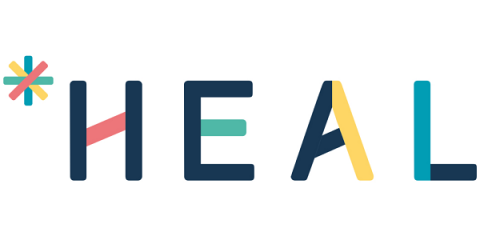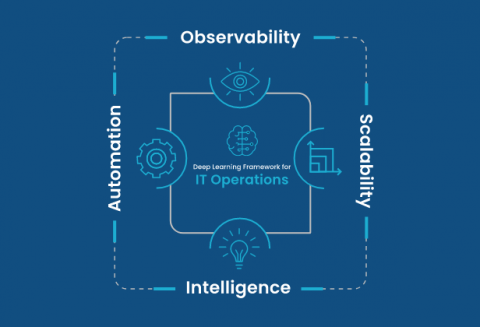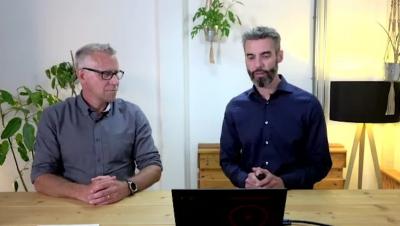Operations | Monitoring | ITSM | DevOps | Cloud
AIOps
The latest News and Information on AIOps, alerting in complex systems and related technologies.
Why "AIOps vs. Observability" Is a False Dilemma
What comes first – observability or AIOps? Can you achieve observability without AIOps? Do you need AIOps if you already have an observability solution in place? These are all questions that any team considering AIOps will want to answer in order to determine the real-world value that AIOps tools stand to offer.
Observability, AIOps, APM, and i2M: The Partner Ecosystem for IBM MQ Enterprises
Complex enterprises have an integration infrastructure (i2) layer that connects technologies and applications across cloud, data center, virtualized systems, mainframe, edge computing, etc. The i2 layer includes a core middleware application (such as IBM MQ) along with many other "integration" technologies, such as MFT (managed file transfer), IoT, REST APIs, DataPower Gateway, and other messaging technologies (i.e., Kafka, TIBCO EMS, IBM ACE, IBM Integration Bus (IIB) and more).
What Is AIOps? A Complete Beginner's Guide
Gartner predicted, by 2020 90% of Artificial Intelligence (AI) and Machine Learning (ML) would have been deployed in enterprises through “AIOps” – a combination of machine learning and operations. An AIOps approach has the potential to reduce costs and risks by automating routine IT Operations tasks while returning more control over decisions to the organization.
6 AIOps Myths You Should Be Wary Of
AIOps myths and how to avoid them Gartner coined the term AIOps in 2016 to refer to the combining of “big data and machine learning to automate IT operations processes, including event correlation, anomaly detection and causality determination.” In the five years since, AIOps has grown leaps and bounds — last year, AIOps was at the peak of the Gartner hype cycle.
Predictions 2022: OpsRamp Technology Leaders Sound Off on What to Expect in the New Year
2021 brought us widespread COVID vaccines, the Great Resignation, global supply chain disruption, inflation that went from transitory to persistent, accelerated digital transformation in the wake of the pandemic, an attempt at a return to normalcy—and the office—and plenty of uncertainty for the year ahead, thanks to the Delta and Omicron variants.
AIOps for Network Monitoring
Multi-cloud hybrid cloud environments, microservices architectures, the rapid growth in the number of mission-critical applications, and the sudden surge in remote work have made enterprise networks exponentially complex. These networks are often not designed to handle the variety of physical and wireless media that’s become common today, for instance, the number of video calls, data transfer through screen sharing, etc.
Future Outlook: AIOps Will Be A Must-Have For Enterprises In 2022
If 2020 was a year of turbulence, 2021 was the year of complete digital transformation. Enterprises across the globe focused their efforts on enabling stellar digital experiences — both to customers and internal stakeholders alike. This had a significant impact on the IT landscape. The number of applications that were ‘mission-critical’ increased overnight. In a recent survey, respondents said that they have an average of 71.4 mission-critical applications.
Simplifying Your Agency's Digital Transformation with AIOps
Government agencies face challenges in moving forward with digital transformation. IT infrastructures are complex, and making sense out of massive amounts of disparate data is a struggle.








